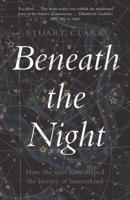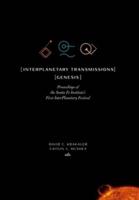Publisher's Synopsis
The primary motivating factor behind the initiation of this work was to provide a deterministic means of establishing the validity of the statistical methods that are recommended for the determination of fields that interact in -an avionics system. The application of finite element analysis to reverberation chambers is the initial step required to establish a reasonable course of inquiry in this particularly data-intensive study. The use of computational electromagnetics provides a high degree of control of the "experimental" parameters that can be utilized in a simulation of reverberating structures. As the work evolved there were four primary focus areas they are: 1. The eigenvalue problem for the source free problem. 2. The development of a complex efficient eigensolver. 3. The application of a source for the TE and TM fields for statistical characterization. 4. The examination of shielding effectiveness in a reverberating environment. One early purpose of this work was to establish the utility of finite element techniques in the development of an extended low frequency statistical model for reverberation phenomena. By employing finite element techniques, structures of arbitrary complexity can be analyzed due to the use of triangular shape functions in the spatial discretization. The effects of both frequency stirring and mechanical stirring are presented. It is suggested that for the low frequency operation the typical tuner size is inadequate to provide a sufficiently random field and that frequency stirring should be used. The results of the finite element analysis of the reverberation chamber illustrate io-W the potential utility of a 2D representation for enhancing the basic statistical characteristics of the chamber when operating in a low frequency regime. The basic field statistics are verified for frequency stirring over a wide range of frequencies. Mechanical stirring is shown to provide an effective frequency deviation.Bunting, Charles F. and












